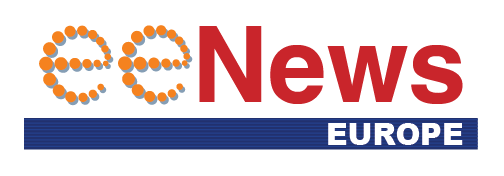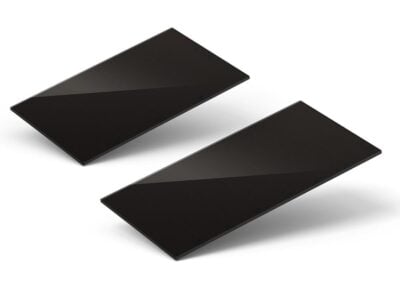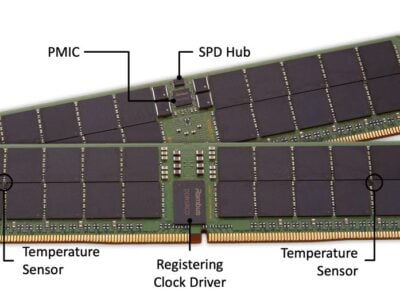‘Zoning-friendly’ microcellular device integrates backhaul to enable operators to quickly scale capacity and optimize spectrum usage
Until now, the missing pieces of the puzzle to deploying cost-effective underlay networks has been the backhaul required to deliver capacity to the lamp post or light standard where these microcells are situated, as well as providing the infrastructure (power, environmental, switching, etc.) to support such deployments. DragonWave’s Avenue platform provides all this in one ‘zoning-friendly’ box that mounts on street lamps, traffic-light poles or building walls, enabling mobile operators to now meet the challenge of quickly scaling capacity and optimizing spectrum usage.
“Yankee Group’s Mobile Operator clients expect to deploy 10-15 or more microcells for each macrocell in urban centers in order to meet anticipated coverage and capacity demands over the next three to five years,” said Jennifer Pigg, Yankee Group Vice President, Network Research. “The cost structure for deploying and maintaining these tens of thousands of microcells must be completely different from that of a macrocell. Mobile operators are demanding flexible solutions that can accommodate a multitude of backhaul topologies, and that are compact and easily installed to quickly and effectively meet the capacity demands of burgeoning mobile traffic.”
DragonWave’s Avenue flexibly accommodates a wide range of 3G or 4G microcellular RAN access units and leverages an integrated backhaul antenna array supporting up to three simultaneous backhaul beam paths using frequencies ranging from 2 GHz to 80 GHz to deliver 1.2 Gbps of aggregate, full-duplex capacity. Alternatively, Avenue can be backhauled via fiber or DSL. Its compact design allows it to be easily mounted on street lamps, traffic-light poles or building walls. The completely integrated nature of the platform addresses zoning-friendliness and ease of installation.
RAN base stations integrated into Avenue can be backhauled over distances up to 4 km, 2.5 miles. The platform’s ultra-high capacity enables the support of a wide range of network topologies (self-healing rings, constrained meshes, point-to-point/daisy-chaining or multi-point).
The DragonWave Avenue claims to be the industry’s smallest device, utilizing the industry’s smallest antenna, to integrate microcellular backhaul, third-party base stations, power supply, battery backup, switching, and management in an all-in-one, environmentally shielded enclosure.
Greg Friesen, Vice President, Product Management with DragonWave states that Avenue is a hardened, all-outdoor, zoning-friendly, fully integrated platform designed specifically for service providers to deploy microcellular coverage with high-performance backhaul. It enables service providers to continue to successfully deliver on their SLAs (service-level agreements) and extract maximum value from their investment in spectrum.
For further information: www.dragonwaveinc.com.
 If you enjoyed this article, you will like the following ones: don't miss them by subscribing to :
eeNews on Google News
If you enjoyed this article, you will like the following ones: don't miss them by subscribing to :
eeNews on Google News




